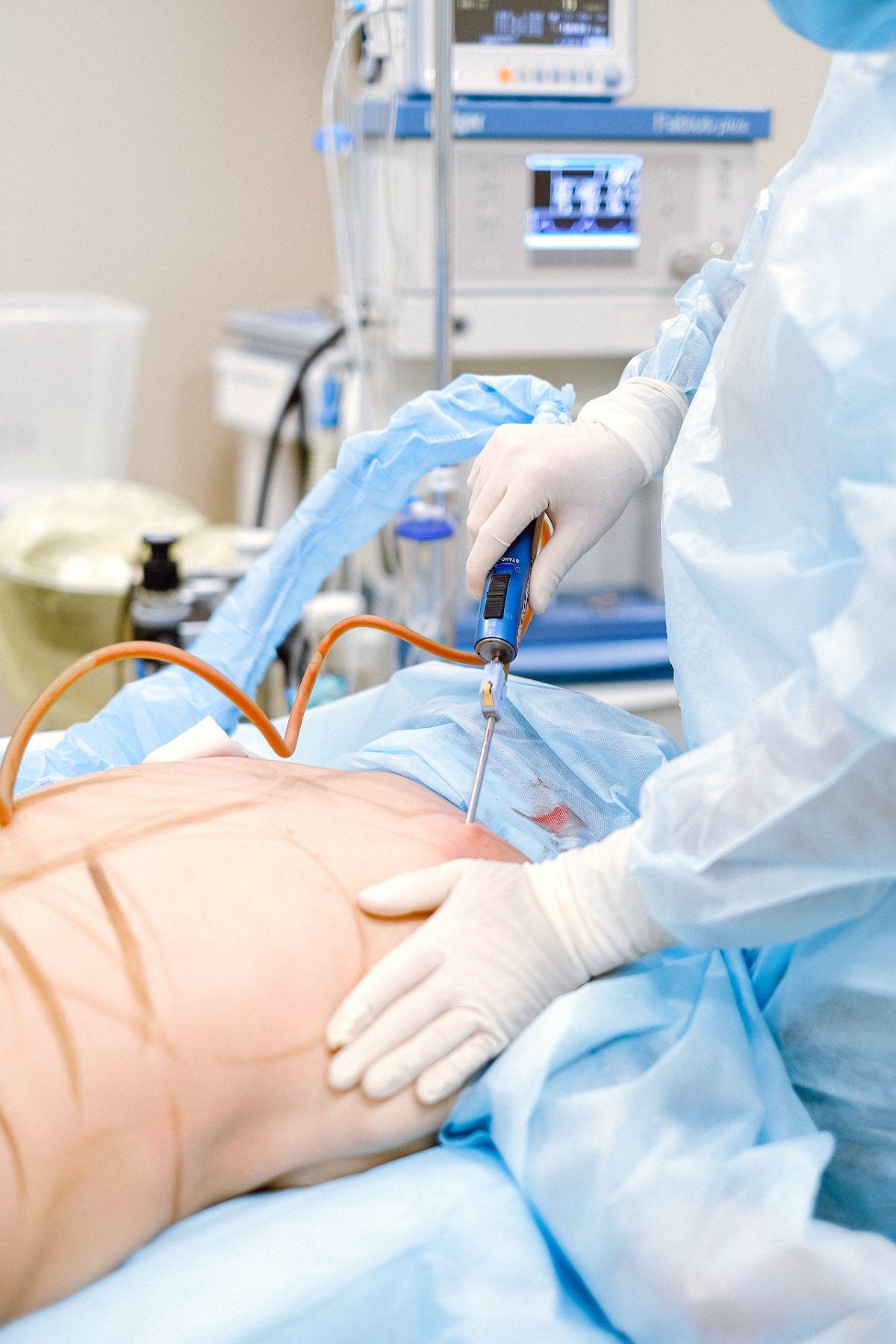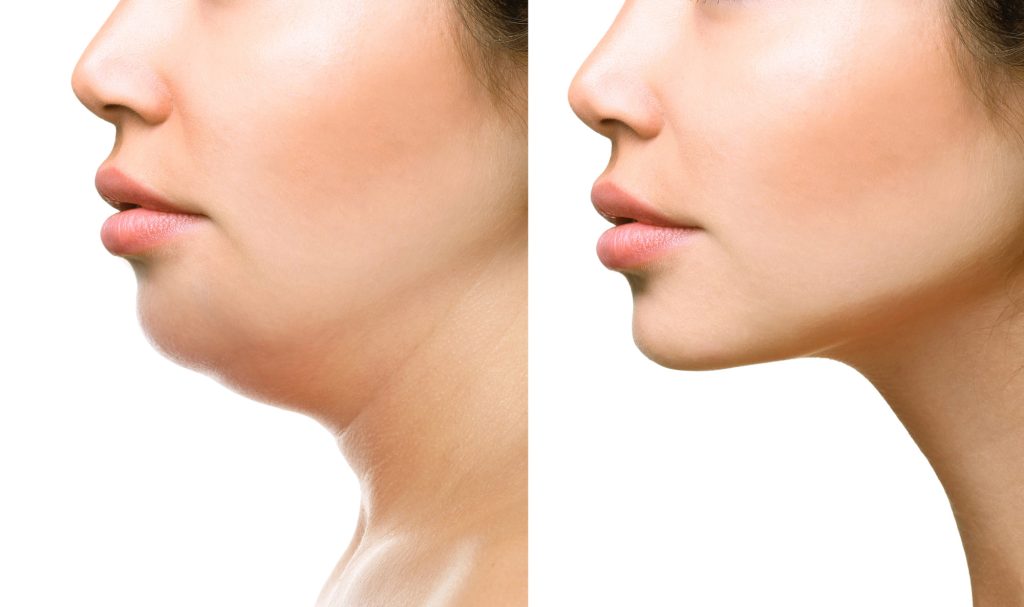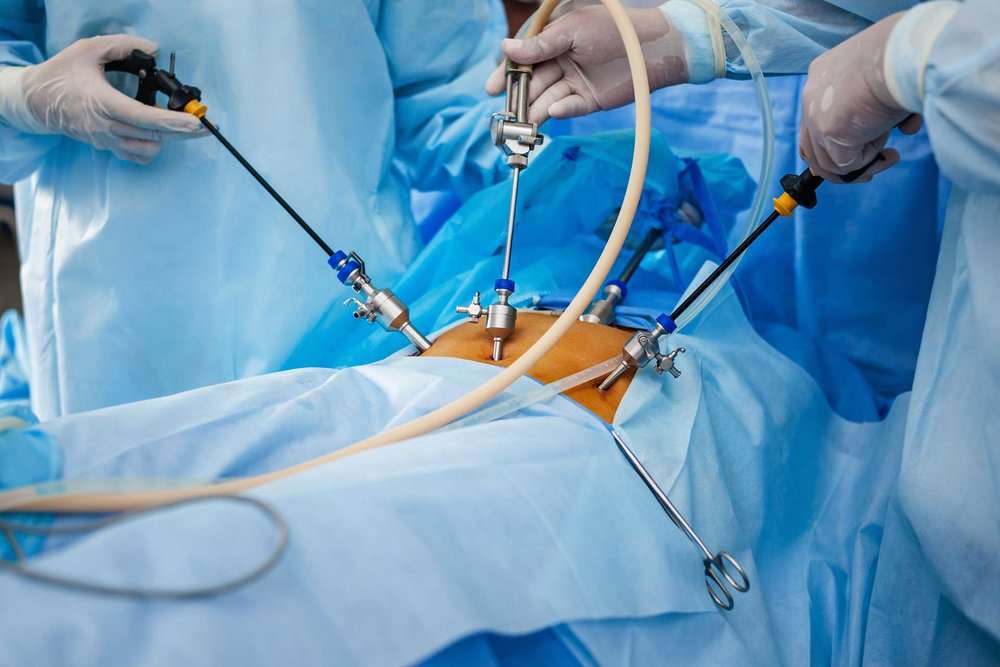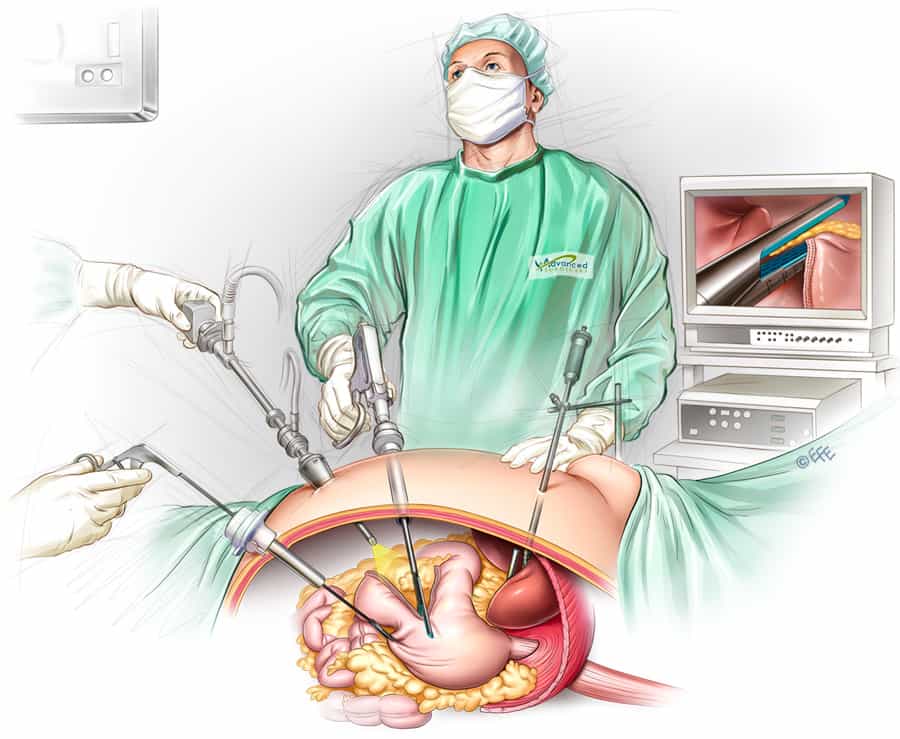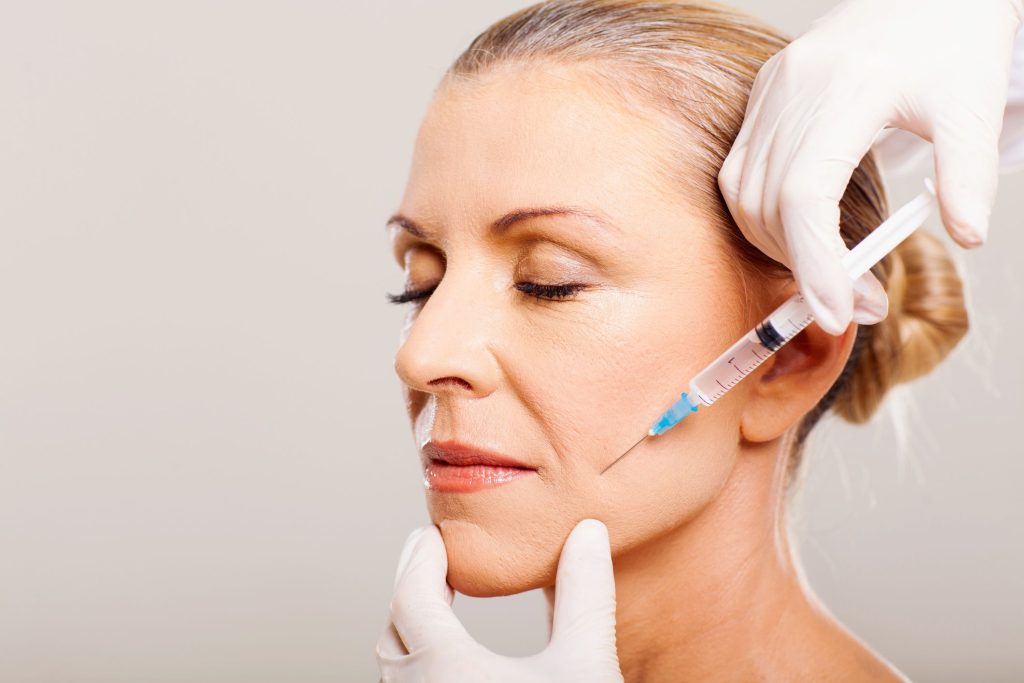Key Takeaways
-
Understand the Differences: Abdominoplasty (tummy tuck) and panniculectomy are different procedures with distinct goals; the former focuses on cosmetic enhancement of the midsection, including loose belly skin, while the latter addresses functional issues related to excess belly skin.
-
Procedure Specifics: Panniculectomies, or tummy tucks, remove excess skin and fat from the lower abdomen, often for medical reasons, whereas abdominoplasty tightens muscles and contours the midsection for cosmetic purposes.
-
Consider Benefits and Risks: Both procedures have unique benefits and risks; consult with a qualified surgeon to understand which is suitable for your needs, including tummy tucks, costs, surgical drains, and cosmetic purposes.
-
Recovery Matters: Recovery times vary; abdominoplasty, a cosmetic procedure often referred to as tummy tucks, generally involves a longer recovery period compared to panniculectomy, which primarily removes excess belly skin and tissue.
-
Results Longevity: Results from both procedures can be long-lasting with proper care, but lifestyle choices like diet and exercise play a crucial role for individuals in order to manage excess fat and tissue.
-
Professional Guidance: Always schedule consultations with board-certified surgeons to get personalized advice for your cosmetic procedure and ensure the best possible outcomes for individuals.
Defining the Procedures
Abdominoplasty
Abdominoplasty, also known as a tummy tuck, is a tissue cosmetic surgery. It aims to improve the look of the abdomen. Surgeons remove excess skin, tissue, and fat from the middle and lower abdomen. They also tighten the muscles in the abdominal wall.
The procedure typically takes 2-5 hours. Patients often need general anesthesia. Recovery time can be several weeks. Many people choose abdominoplasty to achieve a flatter and firmer abdominal tissue.
Panniculectomy
Panniculectomy is another surgical procedure but with different goals. It focuses on removing the pannus or excess skin and tissue that hangs down over the lower abdomen.
This procedure is often necessary for medical reasons. It helps reduce skin tissue irritation and infections caused by the excess skin folds. Unlike abdominoplasty, it does not involve muscle tightening.
Key Differences
There are several key differences between these procedures:
-
Goals: Abdominoplasty aims for cosmetic improvement, while panniculectomy addresses medical tissue issues.
-
Techniques: Abdominoplasty includes muscle tightening; panniculectomy does not.
-
Recovery: Both surgeries require recovery time, but abdominoplasty may take longer due to muscle and tissue repair.
Understanding these differences is crucial for making informed decisions about body contouring options.
Making an Informed Decision
Choosing between abdominoplasty and panniculectomy depends on individual needs and goals. Consulting with a qualified surgeon can provide clarity.
Understanding Panniculectomy
Focus on Pannus
A panniculectomy focuses on removing the pannus. The pannus is excess skin that hangs over the abdomen and lower body areas. This condition often occurs after significant weight loss or pregnancy. It can cause discomfort and health issues.
Medical Benefits
Panniculectomies offer several medical benefits. They help alleviate back pain by reducing the weight of excess skin. Patients often experience relief from skin conditions like rashes and infections. These problems occur where the skin folds over itself.
Cosmetic Benefits
There are also cosmetic benefits to a panniculectomy. Removing excess skin improves the body’s appearance. Patients feel more confident in their clothing choices. This procedure does not tighten muscles but enhances overall body contours.
Procedure Steps
The steps involved in a panniculectomy are straightforward:
-
Incision: Surgeons make an incision along the lower abdomen.
-
Removal: Excess skin and fat get removed through this incision.
-
Closure: The remaining skin is pulled tight, and the incision is closed with stitches.
These steps ensure that patients achieve a smoother abdominal area.
Exploring Abdominoplasty
Comprehensive Procedure
Abdominoplasty, also known as a tummy tuck, reshapes and tightens the abdominal area. This cosmetic procedure addresses both excess skin and muscle repair. Plastic surgeons often perform it to give patients a more contoured abdomen.
Incision Placement
Surgeons make incisions in the lower abdomen. These cuts are usually placed just above the pubic area. The goal is to keep scars hidden under clothing or swimwear.
Muscle Tightening
After making incisions, surgeons tighten the abdominal wall muscles. This step is essential for creating a firm midsection. Patients with separated abdominal muscles benefit greatly from this part of the procedure.
Skin Removal
Next, doctors remove loose skin from the belly area. They pull down the remaining belly skin to achieve a smooth look. Removing excess skin helps eliminate any sagging or “apron” effect.
New Belly Button
One unique aspect of abdominoplasty is creating a new belly button. Surgeons reposition it to match the newly contoured abdomen. This step ensures that the belly button looks natural post-surgery.
Surgical Drains
Surgical drains may be placed to remove fluids that build up after surgery. These help prevent complications like infections or fluid accumulation.
General Anesthesia
Patients undergo general anesthesia during abdominoplasty. This ensures they are asleep and pain-free throughout the procedure.
Key Differences Highlighted
Skin Removal
Panniculectomy focuses on removing excess skin. It does not tighten the abdominal muscles. This procedure targets the pannus, or hanging skin, often resulting from weight loss or pregnancy.
Abdominoplasty, on the other hand, addresses both excess skin and muscle tightening. It involves suturing the abdominal muscles to create a firmer abdomen. This dual approach makes abdominoplasty more comprehensive.
Recovery Time
Recovery times vary between these procedures. Panniculectomy generally has a shorter recovery period. Patients can resume light activities within two weeks.
Abdominoplasty requires a longer recovery time due to its complexity. Individuals might need up to six weeks before returning to normal activities. The extended downtime is due to muscle repair and repositioning.
Outcome Expectations
Outcome expectations differ significantly. Panniculectomy primarily reduces excess skin and improves hygiene issues related to it. It doesn’t impact the abdominal contour much.
Abdominoplasty offers more dramatic results by tightening muscles and removing extra skin. This leads to a flatter, more toned appearance. Patients seeking significant aesthetic changes often prefer this option.
Belly Button Appearance
A notable difference is in the belly button alteration. Abdominoplasty often involves repositioning or reshaping the belly button for a natural look post-surgery.
Panniculectomy does not affect the belly button’s position or shape. The focus remains solely on removing excess lower abdominal skin.
Complexity of Surgery
The complexity of these surgeries varies too. Panniculectomy is less complex as it deals only with skin removal.
Abdominoplasty is more intricate due to muscle repair and tissue manipulation required for optimal results.
Procedure Steps Compared
Incision Locations
Abdominoplasty and panniculectomy begin with different incision locations. Abdominoplasty, also called a tummy tuck, involves a horizontal incision between the hip bones. Surgeons might make an additional incision around the navel to free it from surrounding tissue.
In contrast, panniculectomy focuses on removing the overhanging skin and fat. The incision is generally made along the lower abdomen, extending from one hip to the other. This procedure does not usually require an incision around the navel.
Muscle Repair
A significant difference in abdominoplasty is muscle repair. During this surgical procedure, surgeons tighten the abdominal muscles by stitching them together. This step helps create a firmer abdominal wall and a flatter stomach.
Panniculectomy does not involve muscle repair. It solely focuses on removing excess skin and fat without altering the underlying muscles.
Skin and Fat Removal
The techniques for removing skin and fat differ between these procedures. In abdominoplasty, after making incisions, surgeons lift the skin to access underlying tissues. They remove excess fat through liposuction or direct excision.
Panniculectomy involves cutting away large sections of hanging skin and fat directly. There is no lifting of skin flaps as in abdominoplasty. The primary goal is to eliminate the pannus, which can cause hygiene issues and discomfort.
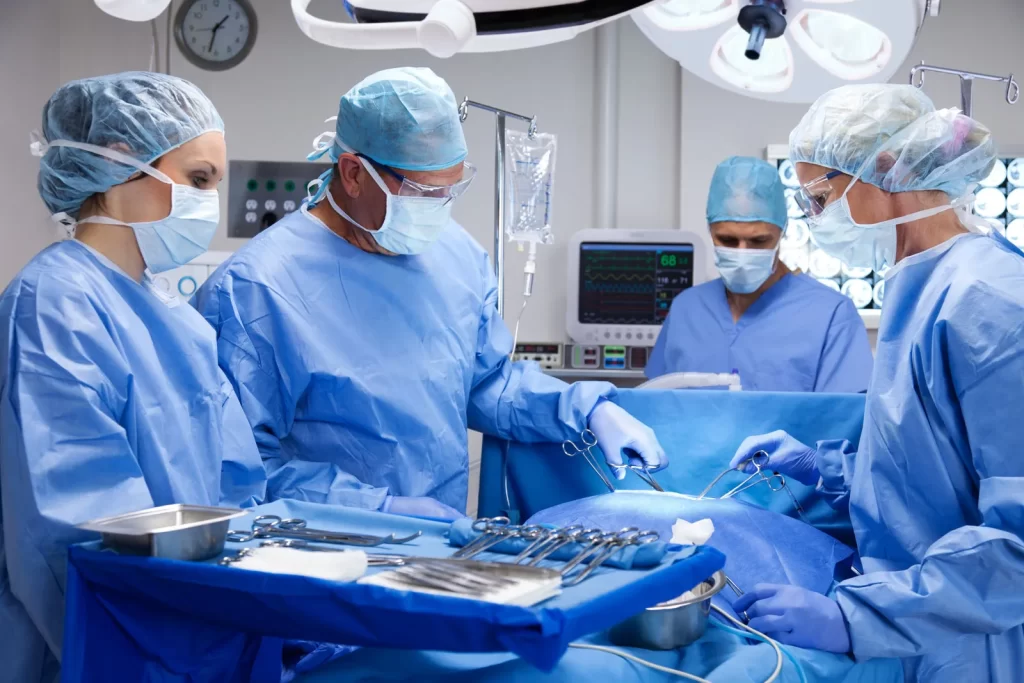
Closure Methods
Closure methods impact final appearance and scarring in both procedures. In abdominoplasty, surgeons pull down the remaining upper abdominal skin to meet the lower incision line. They then suture it in place carefully to minimize scarring.
Panniculectomy closure methods are simpler but can result in more noticeable scars. Surgeons bring together edges of remaining skin and stitch them closed without extensive reshaping.
Final Appearance
Final appearance varies significantly between these two surgeries due to their differing goals and techniques. Abdominoplasty aims for an aesthetically pleasing outcome with a smoother contour and tighter abdomen.
Panniculectomy prioritizes functional improvement over aesthetics. While it reduces bulkiness, it may leave more prominent scars and less refined contours compared to abdominoplasty.
Benefits and Risks
Health Improvements
Both abdominoplasty and panniculectomy offer significant health improvements. Patients often experience reduced back pain due to the removal of excess skin. This can lead to better posture and overall mobility. Another benefit is the reduction of skin rashes and infections caused by excess skin folds.
Improved body contour is another advantage. Abdominoplasty tightens abdominal muscles, leading to a firmer appearance. Panniculectomy focuses on removing the pannus, which also improves the body’s shape.
Aesthetic Benefits
These procedures can boost confidence. Many patients feel more comfortable in their clothes after surgery. This can have a positive effect on mental health.
Pregnancy can stretch the abdominal area significantly. Post-pregnancy, these surgeries help restore a pre-pregnancy look. This is especially true for abdominoplasty, which tightens muscles as well as removes skin.
Common Risks
Both surgeries carry risks. Infection is a common concern for any surgical procedure. Proper post-operative care reduces this risk but does not eliminate it entirely.
Scarring is another issue. While scars fade over time, they are permanent marks left by the surgery. Healing times vary between patients, affecting how quickly one can return to normal activities.
Specific Complications
Abdominoplasty has its own set of complications. Muscle tightening increases recovery time and discomfort compared to panniculectomy. There may also be issues with anesthesia during the procedure.
Panniculectomy might result in less muscle definition since it only removes excess skin and fat without tightening muscles. However, it generally involves fewer complications than abdominoplasty.
Costs and Insurance
Costs for these surgeries vary widely based on location and surgeon expertise. Abdominoplasty tends to be more expensive due to its complexity.
Medical insurance coverage for these procedures depends on whether they are deemed medically necessary or cosmetic. Panniculectomy often qualifies for insurance if it’s done to resolve health issues like rashes or infections caused by excess skin folds.
Weighing Benefits Against Risks
It’s crucial to weigh the benefits against the risks before deciding on surgery. Consulting with a qualified surgeon helps in understanding what each procedure entails.
Patients should discuss their specific health conditions and goals with their doctor. This ensures that they choose the option best suited for them, whether it’s abdominoplasty or panniculectomy.
Recovery Insights
Recovery Timeline
The recovery time for abdominoplasty and panniculectomy differs. Abdominoplasty usually requires a longer healing period. This is because it involves muscle repair. Patients often need six to eight weeks for full recovery. They might experience tightness and discomfort in the abdomen.
Panniculectomy has a shorter recovery time. It focuses on removing excess skin and fat without muscle repair. Healing typically takes four to six weeks. Patients may feel less discomfort compared to abdominoplasty.
Tips for Smooth Recovery
Following certain tips can aid in a smoother recovery process. Rest is crucial during the initial days post-surgery. Elevating the legs can reduce swelling and improve circulation.
Light walking is recommended after a few days to prevent blood clots. Avoid strenuous activities for at least six weeks. Lifting heavy objects should be completely avoided during this period.
Wearing compression garments helps in reducing swelling and supports the healing tissues. Keeping incisions clean is vital to avoid infections. Follow your surgeon’s instructions regarding wound care meticulously.
Follow-Up Appointments
Follow-up appointments play an essential role in monitoring the healing process. Surgeons assess the progress and ensure there are no complications like infections or fluid buildup.
Patients usually have their first follow-up within one week after surgery. Subsequent visits occur at regular intervals, such as two weeks, one month, and three months post-operation.
These appointments provide an opportunity to address any concerns or complications early on. Regular check-ups ensure that patients are healing properly and help in making necessary adjustments to their recovery plan.
Results and Longevity
Immediate Results
Abdominoplasty and panniculectomy provide immediate visual results. Both procedures remove excess skin and fat. Patients notice a more toned abdomen right after surgery. Abdominoplasty often offers more dramatic changes. It tightens abdominal muscles, creating a flatter stomach.
Women who undergo abdominoplasty typically see a more defined waistline. Panniculectomy focuses on removing the pannus or hanging skin. This procedure is common after extreme weight loss. The goal is to improve comfort and hygiene rather than aesthetics.
Long-Term Visual Changes
Long-term results depend on several factors. Maintaining a stable weight is crucial. Significant weight fluctuations can affect the outcome of both surgeries. For example, gaining or losing a lot of weight may cause new sagging skin.
Healthy lifestyle choices support lasting results. Regular exercise and balanced diets help maintain the improved form. Patients should follow their surgeon’s advice for best results.
Permanence of Results
The permanence of these procedures varies. Abdominoplasty results can last many years if patients keep a stable weight. Panniculectomy also provides long-lasting benefits but may require additional care.
Patients should understand that neither surgery stops aging processes. Skin elasticity decreases naturally over time, which might lead to some sagging again.
Revision Surgeries
Revision surgeries are sometimes needed to refine results. Abdominoplasty patients might need touch-ups to address minor issues like scar tissue or small pockets of fat.
Panniculectomy patients may require further procedures too, especially if they experience significant weight loss post-surgery again.
Surgeons often recommend waiting at least six months before considering revisions. This period allows initial healing to complete and swelling to reduce fully.
Additional Procedures
Additional procedures can enhance or maintain the results from abdominoplasty or panniculectomy:
-
Liposuction: Removes stubborn fat deposits.
-
Body contouring: Improves overall body shape.
-
Thigh lift: Addresses sagging skin in the thighs.
These options offer tailored solutions based on individual needs and goals.
Scheduling Consultations
Preparing Questions
Prepare a list of questions before consultations. Ask about the differences between abdominoplasty and panniculectomy. Inquire about the medical necessity for each procedure. Discuss your goals and concerns with the surgeon.
Board-Certified Surgeons
Consult with board-certified plastic surgeons. Ensure they have experience in both surgeries. Verify their credentials through medical boards or hospital affiliations. This ensures you receive care from qualified professionals.
Evaluating Experience
Review before-and-after photos of previous patients. Look for results that align with your expectations. These photos help understand the surgeon’s aesthetic style and surgical outcomes.
Understanding Candidates
Ask if you are a suitable candidate for either surgery. Discuss any health conditions that might affect your eligibility. Understanding this helps set realistic expectations.
Hospital Facilities
Inquire about the hospital where the surgery will take place. Check if it is accredited and has modern facilities. This ensures a safe environment for your procedure.
Recovery Period
Discuss the recovery period for each surgery. Understand what to expect during healing. Knowing this helps plan time off work and other activities.
Final Remarks
You’ve now got the lowdown on abdominoplasty and panniculectomy. Understanding these procedures, their benefits, risks, and recovery can help you make a confident decision. Whether you’re aiming for a flatter tummy or need to remove excess skin after significant weight loss, knowing the differences is crucial.
Ready to take the next step? Consult with a qualified surgeon to discuss your options. Your journey to a better you starts with informed choices. Don’t hesitate—your ideal body awaits!
Frequently Asked Questions
What is the main difference between abdominoplasty and panniculectomy?
Abdominoplasty, or tummy tuck, tightens muscles and removes excess skin. Panniculectomy focuses solely on removing excess skin and fat from the lower abdomen.
Who is a good candidate for panniculectomy?
Ideal candidates have significant sagging skin due to weight loss or pregnancy. They should be in good health and maintain a stable weight.
How long does recovery take after abdominoplasty?
Recovery typically takes 2-4 weeks. Patients should avoid strenuous activities during this period.
Are there any risks associated with these procedures?
Both procedures carry risks like infection, scarring, and anesthesia complications. Consult your surgeon for personalized risk assessment.
Can both procedures be done simultaneously?
Yes, combining both can address multiple concerns in one surgery. Discuss with your surgeon for a tailored approach.
How long do the results of these procedures last?
Results are usually long-lasting if you maintain a healthy lifestyle. Significant weight changes can affect outcomes.
What should I expect during the consultation?
Expect a thorough evaluation of your medical history and goals. Your surgeon will discuss options, benefits, risks, and expected outcomes.



